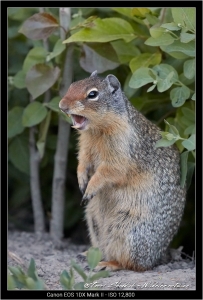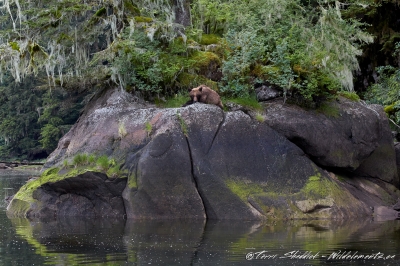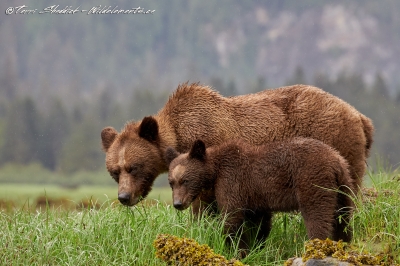15 Jun ISO Performance – Canon 1dx Mark II
Notice: Trying to access array offset on value of type bool in /var/www/wp-content/plugins/bridge-core/modules/shortcodes/shortcode-elements/_social-share/templates/social-share.php on line 124
I am still getting used to my new piece of equipment (the Canon 1DX Mark II), and haven’t had as much time to spend working with it as I had hoped I would. But I will say that the dynamic range, especially at “high ISO” (which I will define at ISO 6400 and above) is actually quite amazing compared to what I am used to with the Canon 1DX, which was quite good.
The first thing I wanted to test when I picked this camera up was the ISO performance in low light. Unfortunately I couldn’t find a cool subject to photograph so this ground squirrel had to do. But given that it was close to 8pm in a area with a bit of shade, it suited my purposes of testing to get a rough (and quick) idea of how the camera would perform in lower light.
I was blown away when I looked at this image, taken at ISO 12,800 (Taken with Canon 100-400mm f/4.5-5.6L IS II USM at f/8, 1/1000). This image has been processed using multiple variants in Capture One Pro (including noise reduction), however the results show you what you can do with this camera when in low light situations and get the most out of it using post processing.
What surprised me the most was the color detail that was still present in the image at this ISO and the amount of detail still in the image, especially around the mouth and eye, which is where I found the 1dx was really lacking at these high ISOs.
I hope to soon put it head-to-head with the Canon 1DX, and if I’m lucky against the Nikon D5.
I am still getting used to my new piece of equipment (the Canon 1DX Mark II), and haven’t had as much time to spend working with it as I had hoped I would. But I will say that the dynamic range, especially at “high ISO” (which I will define at ISO 6400 and above) is actually quite amazing compared to what I am used to with the Canon 1DX, which was quite good.
The first thing I wanted to test when I picked this camera up was the ISO performance in low light. Unfortunately I couldn’t find a cool subject to photograph so this ground squirrel had to do. But given that it was close to 8pm in a area with a bit of shade, it suited my purposes of testing to get a rough (and quick) idea of how the camera would perform in lower light.
I was blown away when I looked at this image, taken at ISO 12,800 (Taken with Canon 100-400mm f/4.5-5.6L IS II USM at f/8, 1/1000). This image has been processed using multiple variants in Capture One Pro (including noise reduction), however the results show you what you can do with this camera when in low light situations and get the most out of it using post processing.
What surprised me the most was the color detail that was still present in the image at this ISO and the amount of detail still in the image, especially around the mouth and eye, which is where I found the 1dx was really lacking at these high ISOs.
I hope to soon put it head-to-head with the Canon 1DX, and if I’m lucky against the Nikon D5.
Notice: Trying to access array offset on value of type bool in /var/www/wp-content/plugins/bridge-core/modules/shortcodes/shortcode-elements/_social-share-list/templates/social-share-list.php on line 104







